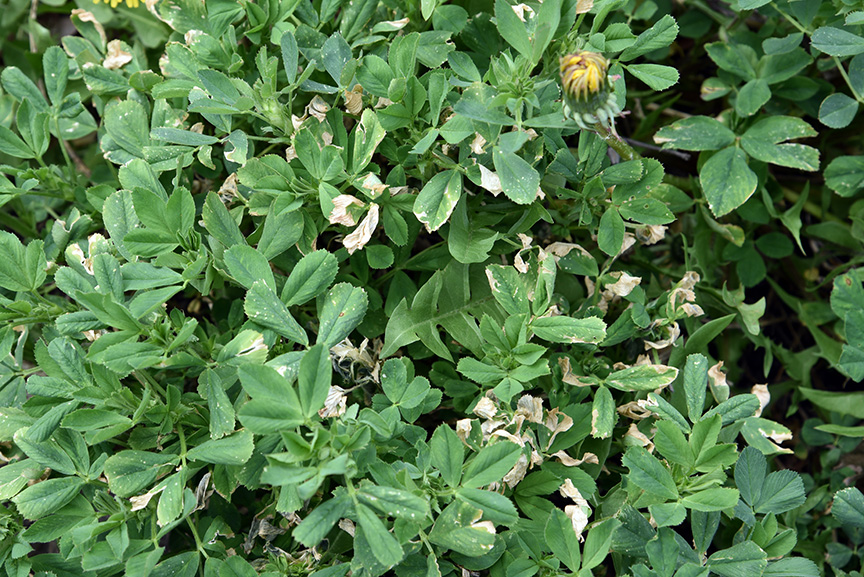Last week’s articles were concerning the eye-popping numbers of black cutworm and armyworm moths being captured by pheromone trap cooperators and weevil damage being reported in southern Indiana alfalfa fields. Did the low temperatures (≤28°F) of April 15/16 freeze-out these pest insects? The short answer, probably not.
The black cutworm and armyworm’s most vulnerable stage for freezing, the neonate (newly hatched) larvae, were likely nestled within the soil or under plants (e.g., chickweed, cereal rye, etc.) in which they were feeding. Temperatures in these micro-environments are much warmer, especially with the radiant heat from the ground. Besides, it would take more than just a few hours of freezing temperatures to cause mortality. For alfalfa weevil, they early instar larvae are able to withstand temperatures as low as -2°F, much lower than those reached in any of the past couple nights. Though the top of the alfalfa may look terrible, the weevil larvae will move to areas within the plant to commence feeding. Happy Scouting!



